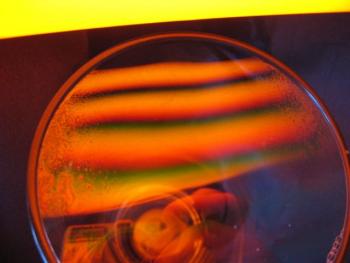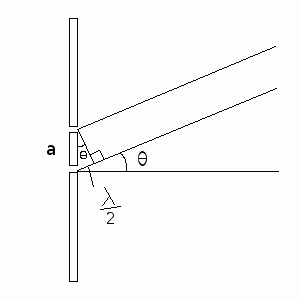Interference is a phenomenon in which two waves superimpose to form a resultant wave of greater or lower amplitude. Interference is usually referring to the interaction of waves that are correlated or coherent with each other. This is either because they come from the same source or because they have the same or nearly the same frequency. Interference effects are observed with all types of waves, light, radio, acoustic and surface water waves.
Due to the frequency of light waves being too high to be detected by current detectors, it is possible to observe only the intensity of an optical interference pattern. The intensity of light followed the inverse square law. The intensity of light is proportional to the square of the average amplitude of the wave. Therefore, the interference pattern maps out the differences in phase between the two waves with maxima occurring when the phase difference is a multiple of 2π.
In order for two waves to give rise to interference fringes, the waves must have the same polarization. This is so it is possible for waves of different polarizations to cancel one another out or add together. Instead, the waves of different polarization are added together and give rise to a wave of a different polarization state.
© BrainMass Inc. brainmass.com April 18, 2024, 7:30 pm ad1c9bdddf


